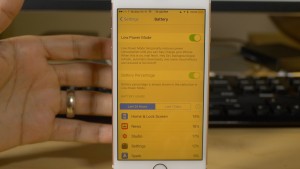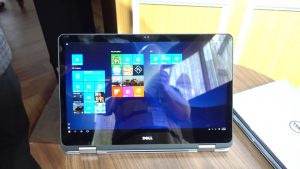Sonos dumps the device-bricking Recycle Mode
Previous HomeNetworking01.info coverage 
The Sonos debacle has raised questions about our personal tech’s life cycle
My Comments
In January, Sonos introduced the “Recycle Mode” which effectively disabled your Sonos network-multiroom-audio device after a certain number of days. It was seen as a way to detach the device from your Sonos-based network-multiroom-audio setup and wipe all of your data out of the device when you relinquish it to an e-waste recycling facility.
It was part of them establishing an end-of-feature-support rule for their older devices made prior to 2015 due to newer faster processing silicon in the newer devices. That is where older devices will only receive software-quality updates and won’t benefit from any newer functionality that Sonos releases.
But there is a reality with this kind of equipment where it is effectively “pushed down” to secondary areas as a way to build out that Sonos audio setup. As well, people do give the equipment away to family, friends and community organisations they are a part of, or sell the equipment through the second-hand market where those of us “putting our foot in the Sonos door” may buy this equipment at a cheaper price.
The social-media users were concerned about the use of that “Recycle Mode” which disabled the Sonos equipment due to it not being available for giving away or selling to the second-hand market. Sonos have answered this issue by removing the “Recycle Mode” and requiring users who are done with a particular piece of Sonos equipment to perform a factory-reset procedure (Sonos instructions) on that unit.
It is a procedure you may do if the equipment is faulty and you want to bring it to a “known quantity” as part of troubleshooting it. But performing this procedure before you relinquish the equipment effectively detaches it from your Sonos account and multi-room audio system while removing any personal configuration data from it including parameters associated with your home network.
They still have to address the issue of a Sonos audio setup consisting of legacy and newer equipment and what happens when newer features come out. The problem still raised is the fact that older equipment would preclude modern equipment from receiving functionality updates. It is although a Sonos multiroom setup will benefit from software-quality updates even if it cannot receive functionality updates.
As well, they would need to address what happens when an online media service revises their software links that enable access to their service via consumer-electronics devices. Would a software update to accommodate this revision be considered a feature-update or a software-quality update whether the result is to provide the same functionality as before or accommodate the service’s new features?
What is being called out is how a high-value network-media device with an expectedly-long service life should he maintained through its service life. It includes how long should it be supported for and what should happen towards its end-of-support time.



